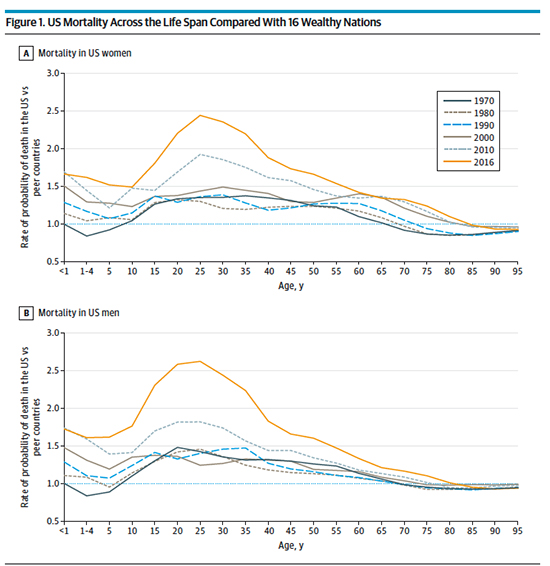Great... outside of shoveling money to Ukraine, what is the President doing about it?
Shoring up our border?
well since you asked, I will share an excerpt from the article linked above:
The authors suggest that much of our support system for those first 20 years has changed, citing alterations in family structure – from multigenerational to single parent. They believe that these changes make our period of dependency far more uncertain, with fewer dopamine-rewarded moments.
Single-parent households have quadrupled over 50 years to 16 million, leaving 25% of all children in single-parent families.
Single-parent households are 2.5 more likely to live in economic poverty, with 3-fold higher infant mortality.
Increasingly, childcare becomes more fractionated or difficult to obtain
Education, beyond high school, a key to financial success, is increasingly viewed as an individual responsibility – Student borrowing quadrupled between 2005 and 2015 with an average debt of $39,351. 6% of students owe more than $100,000.
The goal of the viewpoint was to point to differences between our statistics and that of those 16-control countries.
Single-parent households are less common, with increases half that of the US.
All provide prenatal and maternal care reducing premature and low birth weight infants “well below that in the US”
They provide pre-school beginning at age three, and funding for education up through completion of high school is nationally funded, removing the disparities of funding that we see in our system. Six of the “controls” have no tuition college; 2 require less than $2,000. All have tuitions less than that of the US.
Many of those reading this will argue that this is the nanny state – cradle to grave economic support. What if we “flip the script” and consider the signal that is deaths of despair differently? What if, unintentionally, our social structure fosters defeat more than it supports success. What if it does take a village to raise a child?

